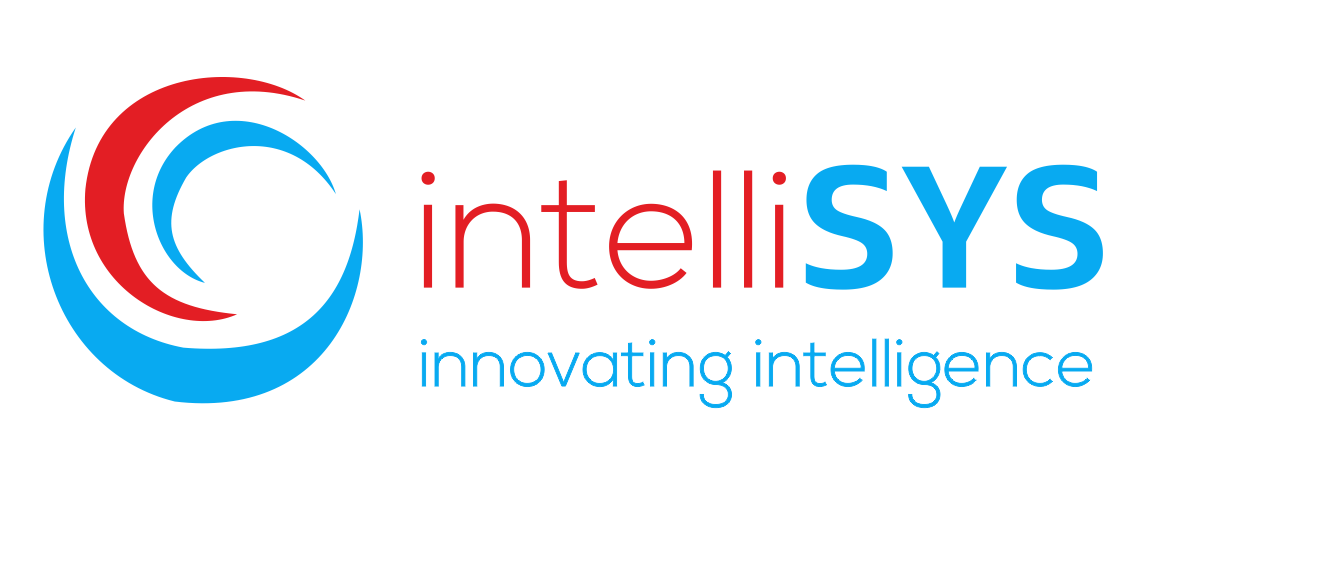Integrating ESG Risk into AML Compliance Frameworks
In an era marked by global financial uncertainty, climate change, and social inequality, financial institutions are facing a powerful call to action. The convergence of Environmental, Social, and Governance (ESG) principles with regulatory compliance is transforming how banks and other financial service providers approach risk, ethics, and long-term sustainability. While ESG initiatives were once limited to corporate social responsibility reports, they are now becoming a core pillar of financial crime compliance. Regulators, investors, and consumers are increasingly demanding transparency, accountability, and ethical conduct. Consequently, ESG risks—such as environmental damage, labor exploitation, and poor corporate governance—are being scrutinized through the same lens as anti-money laundering (AML) and counter-terrorist financing (CTF). This blog explores the connection between ESG and financial crime compliance, the evolving regulatory landscape, the practical ways ESG can be integrated into AML programs, and the future outlook for institutions that embrace this unified, ethical approach.

What Is ESG and Why It Matters in Compliance
Understanding ESG
- Environmental (E): Focuses on the institution’s or client’s impact on the natural environment—carbon emissions, pollution, resource use, and biodiversity.
- Social (S): Examines relationships with employees, customers, communities, and issues like human rights, labor standards, and social justice.
- Governance (G): Concerns internal controls, board structures, transparency, anti-corruption policies, and ethical leadership.
How ESG Connects to Financial Crime
Many illicit financial activities intersect with ESG concerns:
- Environmental crimes like illegal logging or waste dumping often require financial channels to hide proceeds.
- Human trafficking and modern slavery exploit people and funnel profits through seemingly legitimate companies.
- Corruption and poor governance lead to embezzlement, tax evasion, and bribery.
Financial institutions can unknowingly facilitate or fund these ESG-violating activities if their compliance programs don’t account for them. Integrating ESG considerations into financial crime frameworks is no longer optional—it’s essential for risk mitigation and ethical responsibility.
The Regulatory Push: ESG in the Compliance Spotlight
Global Regulations Embracing ESG Risk
Governments and regulators are increasingly embedding ESG into compliance and due diligence standards:
- EU AMLD6 (Sixth Anti-Money Laundering Directive): Expands criminal liability for corporate entities and encourages monitoring for ESG-related crimes like environmental offenses.
- EU Sustainable Finance Disclosure Regulation (SFDR): Requires financial firms to disclose how ESG risks are integrated into investment decisions and risk assessments.
- UK Modern Slavery Act: Mandates businesses to identify and mitigate modern slavery risks in their supply chains.
- US Uyghur Forced Labor Prevention Act (UFLPA): Prohibits imports tied to forced labor from specific regions.
Regulators are clearly signaling that ESG risks—especially when linked to criminal proceeds or corruption—must be treated as part of AML/CTF obligations.
Practical Ways to Integrate ESG into Financial Crime Compliance
- ESG-Enhanced Customer Due Diligence (CDD)
Traditional CDD focuses on identifying and verifying a customer’s identity. ESG-enhanced CDD goes further by evaluating clients based on:
- Involvement in high-risk industries (e.g. mining, manufacturing, agriculture).
- Exposure to human rights violations, such as forced or child labor.
- History of environmental violations or poor governance practices.
- Presence in countries with low ESG scores or sanctions.
Use publicly available ESG ratings, watchlists (e.g., UN, FATF, Human Rights Watch), and NGO databases to screen clients during onboarding and periodically afterward.
- ESG Indicators in Transaction Monitoring
Update your monitoring systems to detect ESG-linked red flags, such as:
- Large payments to regions with known deforestation or wildlife trafficking issues.
- Frequent transactions involving entities flagged in corruption or labor rights scandals.
- Unusual donations or financial flows to NGOs with unclear beneficiaries or political affiliations.
Advanced systems using machine learning can be trained to spot ESG-related anomalies just like traditional AML indicators.
- ESG Risk Scoring and Segmentation
Assign ESG risk scores to clients and transactions—similar to AML risk ratings. Criteria might include:
- Carbon footprint
- Supply chain transparency
- Board diversity
- Involvement in litigation or regulatory actions
Clients with high ESG risks can be subjected to enhanced due diligence (EDD), frequent reviews, or offboarding strategies.
- ESG in Third-Party Risk and Supply Chain Audits
Institutions must extend their compliance scope beyond direct clients to third-party vendors, suppliers, and business partners. Implement ESG-focused onboarding processes and require:
- ESG certifications (e.g. ISO 14001)
- Transparency reports
- Auditable compliance frameworks
Tools like blockchain can help verify the origin of goods (e.g., ethically sourced minerals or conflict-free diamonds).
Technology’s Role in ESG-Driven Compliance
AI and Big Data
Artificial Intelligence and data analytics allow institutions to:
- Analyze unstructured ESG data from media, NGO reports, and public records.
- Detect hidden relationships between entities, shell companies, and ESG violations.
- Monitor emerging ESG risks globally in real-time.
Blockchain and Supply Chain Transparency
Blockchain enables secure, traceable, and immutable records of product and transaction histories—essential for verifying:
- Carbon offset authenticity
- Ethical sourcing of raw materials
- Compliance with sustainability commitments
As more companies adopt ESG tokenization and digital ESG scoring, banks can access verifiable ESG credentials during onboarding and ongoing monitoring.
Real-World Examples: ESG Meets Compliance
HSBC – ESG in Risk Appetite and Lending
HSBC screens borrowers for ESG risks, especially in trade and project finance. Clients engaged in high-emission industries or with links to deforestation may be:
- Denied financing
- Required to provide remediation plans
- Subjected to ESG covenants
This aligns risk management with climate and compliance goals.
Standard Chartered – Social Risk Integration
The bank incorporates social impact indicators into its due diligence, including:
- Community displacement
- Labor law violations
- Gender-based violence risks
These are mapped against AML data for clients in high-risk regions, leading to cross-functional investigations.
ING Bank – Governance and Anti-Corruption Focus
ING’s financial crime team works with sustainability departments to assess whether poor governance, opaque ownership structures, or political exposure pose reputational or compliance risks.
Benefits of ESG Integration in Compliance Programs
1- Proactive Risk Management – Institutions can prevent issues before they escalate into legal, reputational, or regulatory crises.
2- Improved Stakeholder Trust – Demonstrating ESG commitment enhances relationships with regulators, customers, and investors.
3- Competitive Advantage – Banks leading on ESG compliance are more likely to attract sustainable finance opportunities and institutional investments.
4- Regulatory Readiness – Integrating ESG prepares institutions for evolving disclosure, audit, and compliance frameworks globally.
Challenges and Considerations
Despite its benefits, ESG integration brings several challenges:
- Lack of Data Standardization
There is no universal ESG rating or definition. Institutions must rely on multiple fragmented data sources with varying reliability.
- Regulatory Uncertainty
Different jurisdictions have different ESG and AML expectations, making global compliance complex.
- Greenwashing Risks
Companies may overstate their ESG efforts, misleading banks and investors. AML teams need tools to detect false ESG claims.
- Costs and Skills Gap
Integrating ESG requires investments in tech and human capital. Teams must be trained to understand both ESG and financial crime frameworks.
The Future of ESG and Financial Crime Compliance
The future of compliance lies in convergence. ESG, AML, sanctions screening, KYC, and fraud prevention will increasingly operate under a single risk intelligence framework. Key trends to expect:
- AI-Driven ESG Intelligence Platforms
Tools that provide a 360-degree view of client behavior, ESG performance, and compliance history. - Integrated ESG-AML Reporting Dashboards
Unified dashboards combining AML alerts with ESG ratings, transaction insights, and regulatory exposure. - Greater Cross-Border ESG Regulation
FATF, EU, and global regulators will push for ESG integration into risk-based compliance frameworks, with more enforcement actions tied to ESG lapses.
Conclusion
Financial institutions are no longer judged solely on profit, but on how profit is made. By integrating ESG into financial crime compliance, institutions not only meet evolving regulatory requirements but also contribute to a more sustainable, equitable, and transparent global financial system.
This is more than a compliance upgrade—it’s a strategic shift that aligns ethical banking with risk resilience. In the long term, those who lead on ESG integration will lead the industry in trust, innovation, and impact.
